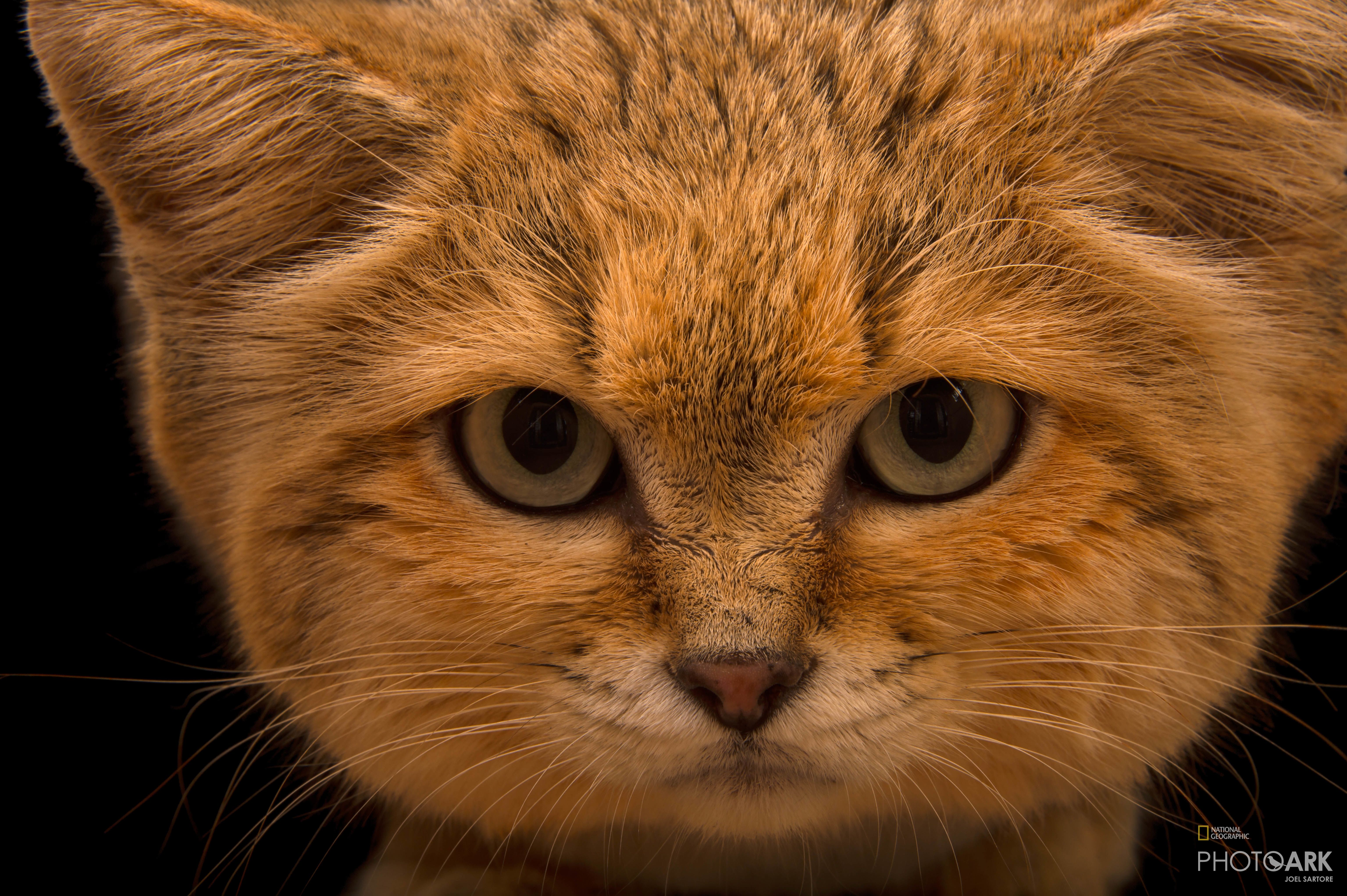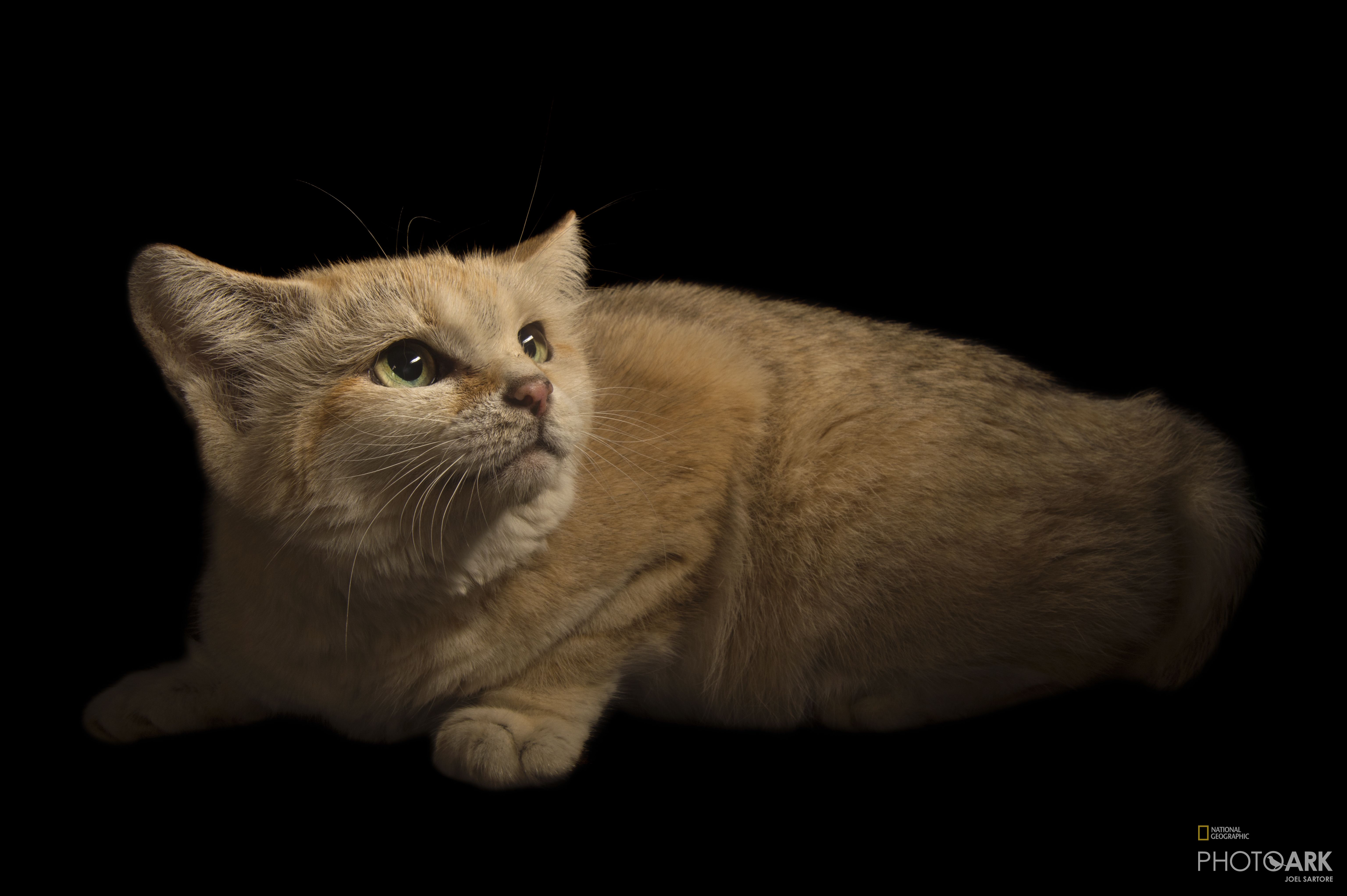With big ears and large faces sand cats appear top-heavy with heads too big for their small bodies. The Arabian Sand Cat is able to live without drinking water and sustains itself on the water it gets.
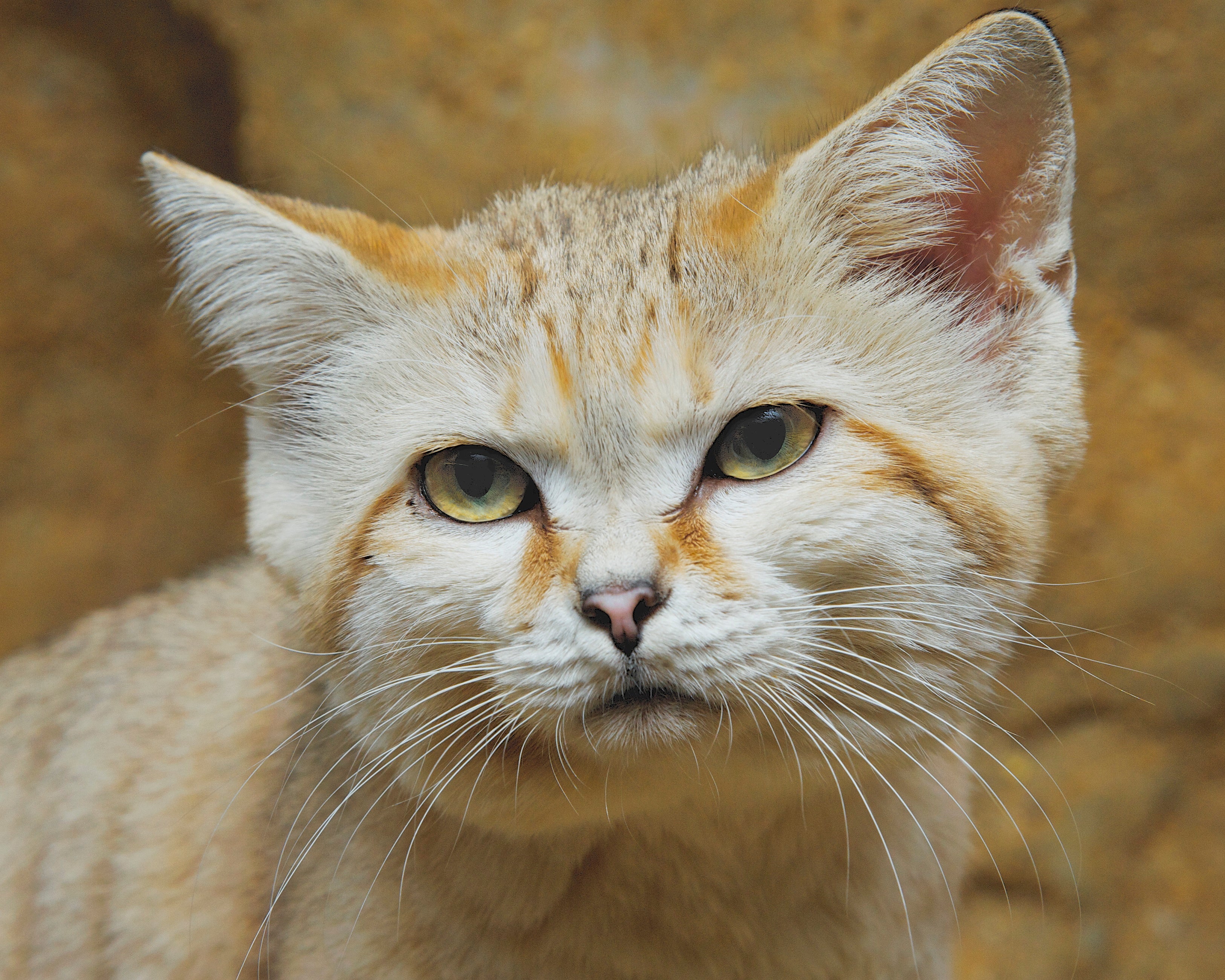
Elderly Sand Cat Dies At Smithsonian S National Zoo Smithsonian S National Zoo
Sand cats are the Peter Pan of felines.

Sand cats zoo habitat. Sand Cats will also cover large kills with sand and return later to feed. Sand cats live in temperatures that sometimes rise to more than 40C 104F. Habitat degradation is the major threat to the sand cat.
An Arabian Sand Cat One Plan Conservation Workshop was organised by Al Ain Zoo on 13-14th November 2013. Sand cats prefer a very dry arid habitat with little vegetation for which they are well adapted. Sand Cat Felis margarita Cats Mammals.
These tiny 3-11 pound cats live in sandy and stony deserts and are the only true desert cat species. Degradation of their desert habitats is the largest threat to sand cat populations. Sand cats can sometimes go months without drinking.
It is well suited to the desert with their short thick. The sand cat inhabits arid stony and sandy deserts especially among sparse vegetation of Africa and south-west Asia. And in parts of central Asia.
However these features are part of their adaptation for life in the deserts where their ears are used to detect prey and thick pads enable them to walk across the hot sand. During extreme heat the sand cat cools off in a burrow. Conditions are extreme in the desert and temperatures can reach 124º F during the day and 31º F at night.
The kitten small enough to fit into a teacup was born to mother. Deserts to semi-desert areas. Instead they live in dry sandy plains and rocky valleys.
North African nomadic tribes call them snake hunters although the cats also feed on small rodents spiders and. They are sand-dwelling inhabiting dry plains and rocky valleys where conditions are extreme. Fearless hunters they can prey on venomous snakes.
Dense hair on the pads of their feet protect against hot sands and the cold of the desert. In the wild the sand cats can be found in the stony and sandy desert in North Africa and Southwest Asia. The largest captive group is held at Al Ain Zoo Abu Dhabi United Arab Emirates.
Zoo is excited to announce the birth of a sand cat on Monday Aug. May meow like domestic cats and use a bark-like call during breeding season. In addition our mountain lions receive large bones and sometimes parts of carcasses while our fishing cats are occasionally given goldfish to catch.
Sand cats live exclusively in desert regions. Nature perfectly equipped this little predator to live in extreme conditions. Covered with hair its footpads are insulated from the hot sand.
At the San Diego Zoo and the San Diego Zoo Safari Park most of our small cats are offered commercial cat kibble and a specially formulated carnivore diet as well as thawed mice and bones. Highlights Sand cats have an exceptionally large middle ear cavity making them extremely sensitive to the small scratching sounds of burrowing rodents as well as large ears that can swivel and funnel sounds to the inner ear. Habitat of the Sand Cat.
The sand cat does not need to drink often as it gets enough moisture from its prey. Theyre also a rare sight to see which is why the NC. This animals sand colored coat is hard to see against dry bushes and sand and acts as protection for it.
Due to the remote harsh terrains of its habitat limited research has been conducted and populations. Large ears radiate heat. The sand cat lives in desert rocky and sandy environments preferably in winding landscapes full of plants.
As a public health precaution due to COVID-19 the Smithsonians National Zoo and Conservation Biology Institute has updated its hours and entry requirements. The cats large ears help to provide it with excellent hearing. Sand cats are kept in many zoos and collections mainly in the USA Europe and the Middle East.
Africas Sahara desert throughout the Arabian peninsula. The International Union for Conservation of Nature considers sand cats to be near threatened. Habitat Prefer dunes but will live in rocks.
They are found in very arid habitats with little to no vegetation. Not in cages in zoos and with sick people that want a different kind of pet than the neighbor has. The Sand Cat Felis margarita is one of the few wild cat species occurring in very dry desert habitat.
Sand cats live in three distinct regions of the world. Ideally we need to preserve the wild habitat and stop killing wild animals for stupid human reasons. It digs dens in deep sand beneath desert bushes.
Large ears and thickly furred pads are special adaptations that allow the cat to detect underground prey and survive in extreme conditions. Sand cats are native to the deserts of North Africa and the Arabian Peninsula. Vulnerable arid ecosystems are being rapidly degraded by human settlement and activity especially livestock grazing Allan and Warren 1993 Al-Sharhan et al.
Felis margarita Classified as Near Threatened Sand cats are Native to the deserts of Northern Africa The Middle East and Central Asia. It feeds on small rodents snakes and lizards as it hunts its preys at night when its sight is most sharp especially in the darkness. Because they need to burrow to escape the heat.
Life span in the wild is unknown. The sand cat is equipped for desert life. The cat becomes active at dusk.
To transition zoo-raised animals back to the wild.
Photo Ark Home Male Sand Cat National Geographic Society

Sand Cat Debuts At Smithsonian S National Zoo Photo Credit Flickr
Photo Ark Home Male Sand Cat National Geographic Society

360 Degree Lives Sand Cats The Angels Of The Desert Make Debut At Nasu Zoo The Asahi Shimbun Breaking News Japan News And Analysis

Sand Cat Pictures Posted By Samantha Johnson
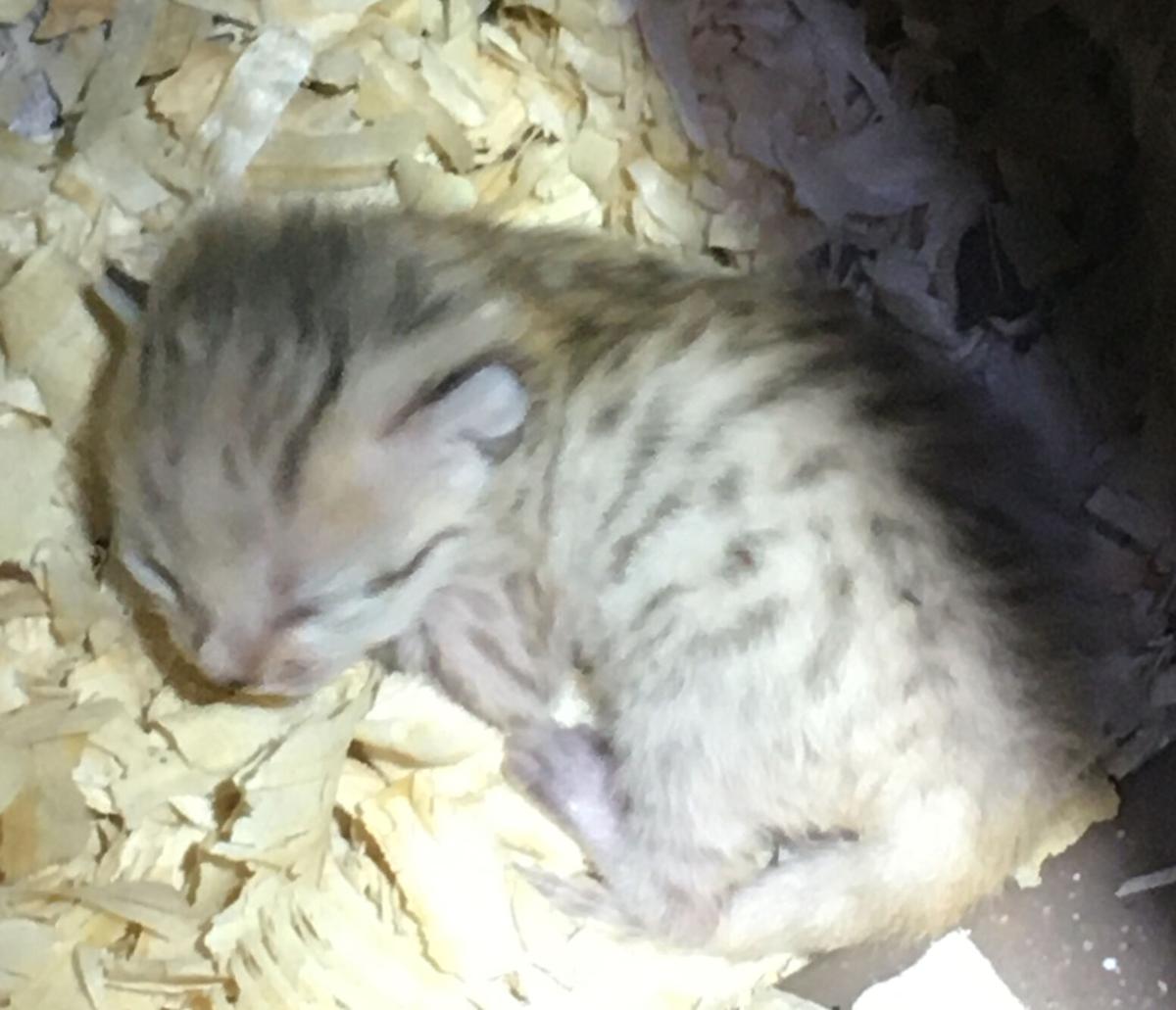
Tiny But Tough Rare Sand Cat Is Born At N C Zoo Journalnow Com

Caturday Special The Sand Cat Felis Margarita We Lack Discipline
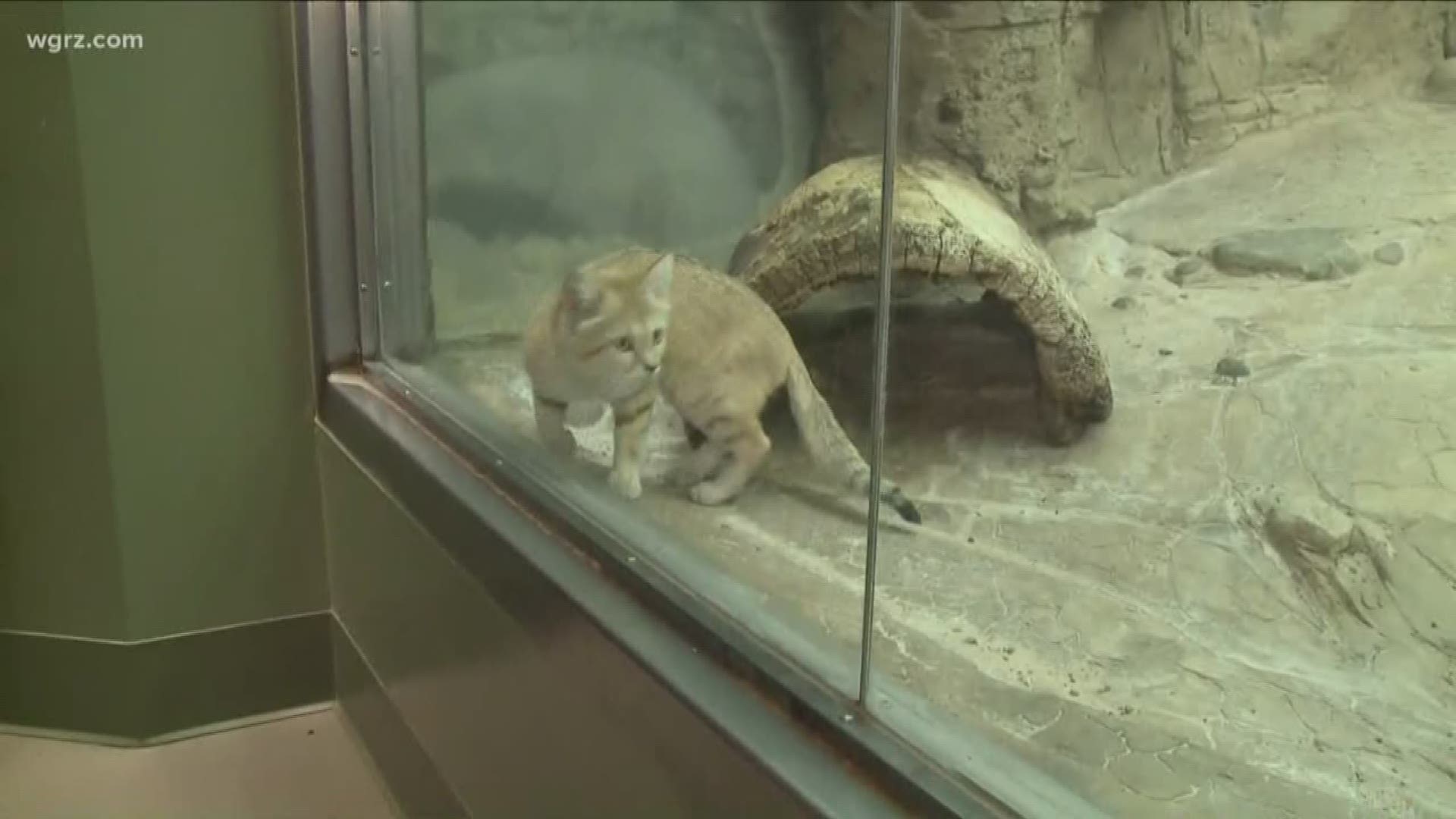
Sand Cats Are A Sensation At The Buffalo Zoo Wgrz Com
What Are Sand Cats And How Do They Protect Themselves From Other Predators Quora
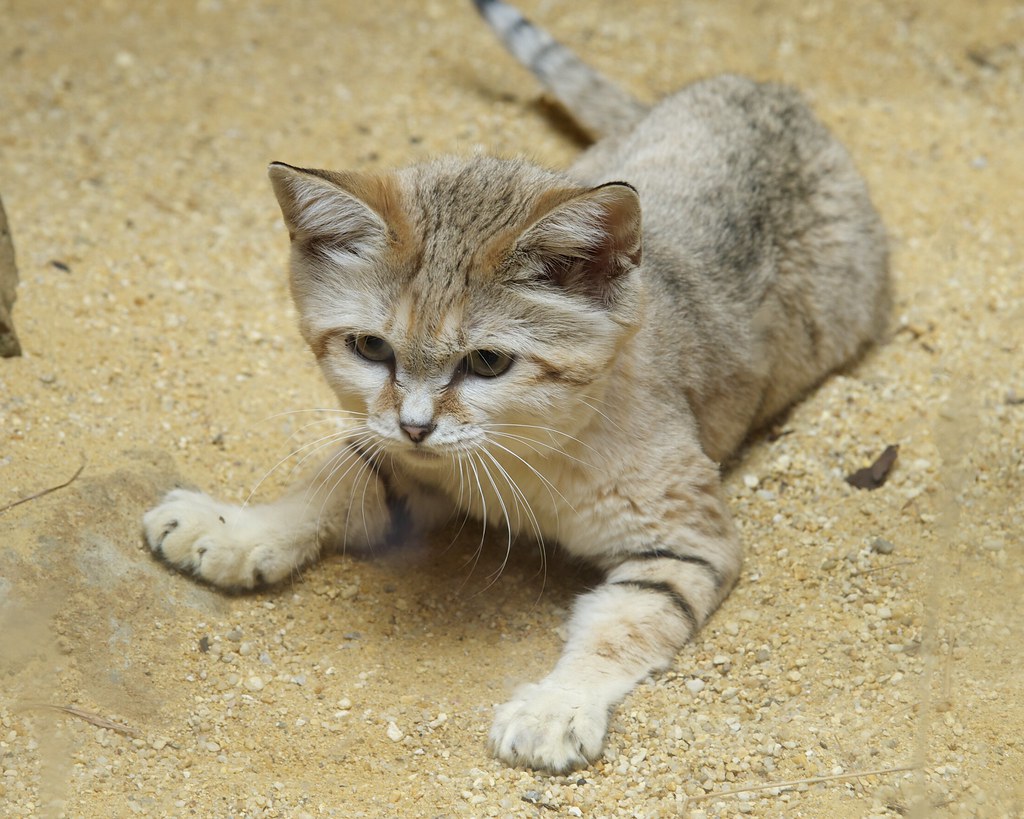
Sand Cat Debuts At Smithsonian S National Zoo Photo Credit Flickr

Rare Sand Cat Kittens Delight Visitors In Israel
Incredibly Adorable Sand Cats Stay Kitten Cute Throughout Their Lives

Pdf Arabian Sand Cat Status Review And Conservation Strategy 2014
Photo Ark Home Male Sand Cat National Geographic Society

Sand Cat The Amazing Animal That Doesn T Need To Drink Water
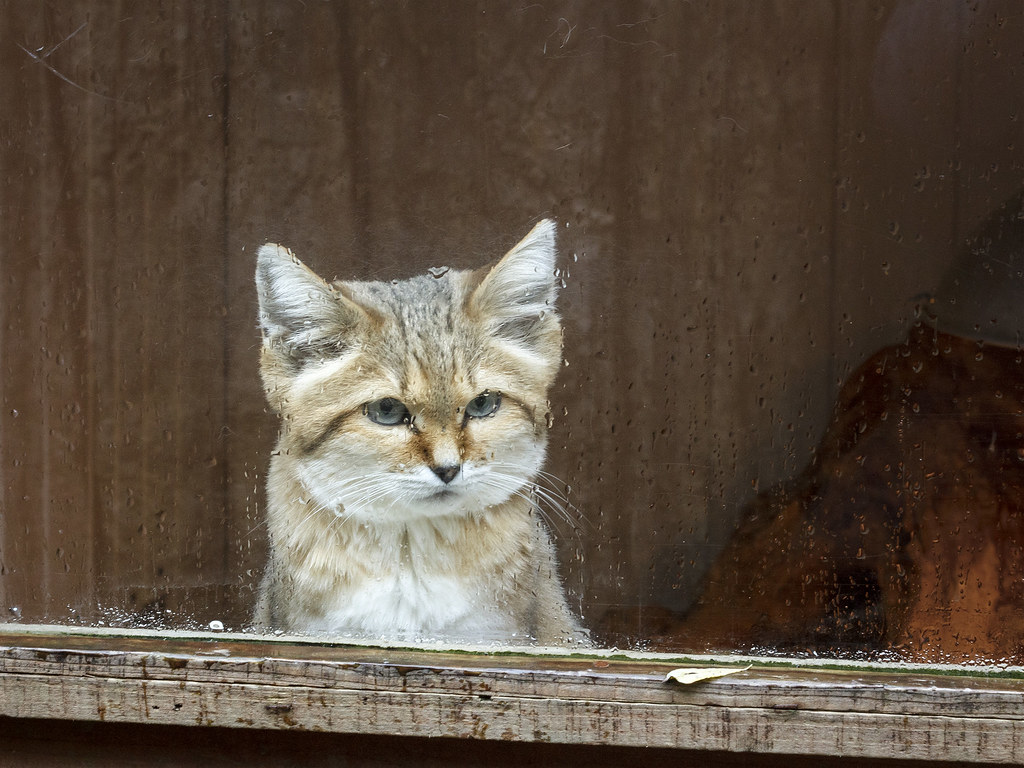
Arabian Sand Cat Exmoor Zoo Bratton Fleming North Devon Flickr
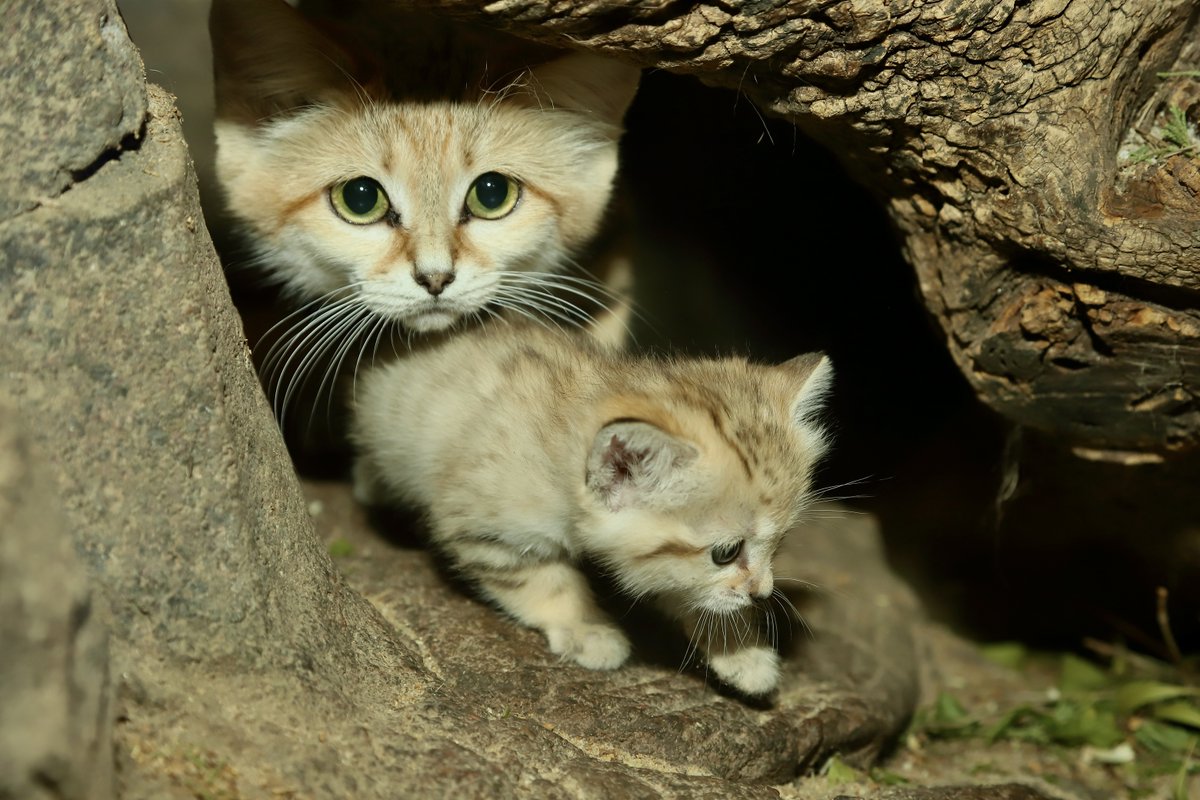
North Carolina Zoo On Twitter Enter To Win The Chance To Choose The Name Of Our Sand Cat Kitten Winner Will Also Receive A Sand Cat Plush A One Year Family Membership

Re Train Your Brain To Happiness Rare Sand Cat Kittens Born In Israel

